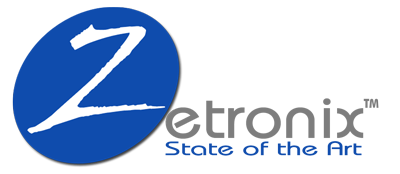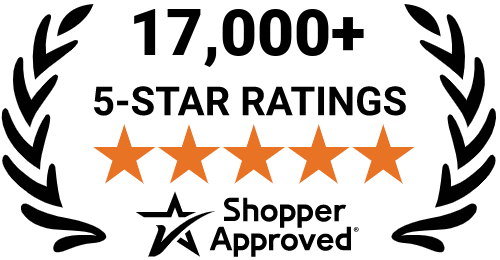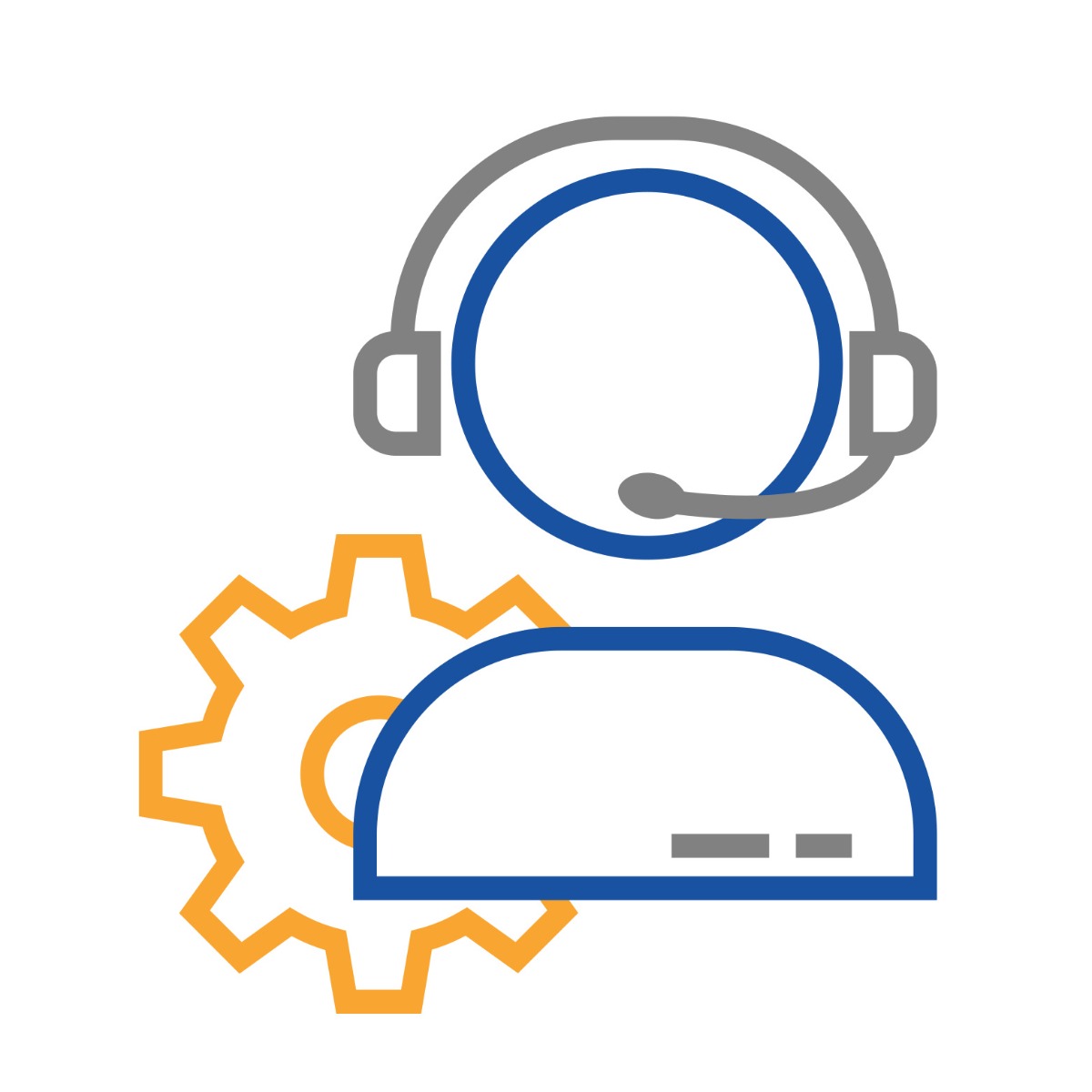Latest Trends In Security Camera Market 2019
Security cameras are video cameras that record people’s activities in order to detect and prevent crime. This Piece of equipment has become an invaluable tool in the hands of security agencies, corporate organizations and individuals who preferably wants to ensure the security of their lives and properties, rather than leaving it to men who are termed “security agents”.
The security camera market in 2019 has been abuzz with the latest wares that leave the beauty of technology awe-inspiring one. Technological wares such as the dash cams, hidden spy cam recorder, motion activated hidden camera and the hidden camera clock, are among the trending equipment in the year 2019. In addition, the advent of artificial intelligence (A.I) computer vision is an added advantage to the emerging trends of security cameras this year. Therefore, with A.I, the emerging trends in 2019 for security cameras include deep learning, General data protection Regulation(GDPR) compliance, and drone detection technology which we look at briefly in our discourse.
In the last 12 months, a new range of terms has cropped up for usage in the security camera industry. Briefly, below, we will try to provide a concise summary of these terms:
Artificial Intelligence (A.I): Computers being able to perform specific tasks as well as or better than human intelligence. In the field of security cameras, this platform is used to classify images and patterns within them.
Big Data: Large amounts of different information being stored, organized and analyzed by computers to identify trends, patterns and relationship. In the context of video surveillance or security cameras, the data could be metadata describing hours of video surveillance footage together with other data sources to highlight patterns relating to security or business operations.
Cloud Computing: Rather than using a local server to store or manage video surveillance data, you can use a network of internet-connected remote servers for storage purpose. Basically, this network has the ability to provide an additional resource if and when required from a larger available pool. Resources available may be clustered into a data center or network of a data center. These may be private (entirely or partly owned for exclusive use by specific organizations).
Face Recognition: When a video surveillance system can automatically match a person’s face against a database of individuals.
GPU (Graphics Processing Unit): GPU is a programmable chip specialized for use in image processing. Due to the requirement to be able to simultaneously process large data required in modern image processing, GPUs have been found to be highly suitable for deep learning and neural network processing.
H265 (MPEG 4): This is a video compression codec standard approved by the International Telecommunications Union. Compared with H.264, H. 265 has the potential to use 30-40% less bandwidth for a video stream of the same quality.
IoT (Internet of Things): IoT is not specifically a device or a technology- it is a conceptual framework, driven by the idea of embedding connectivity and intelligence in a wide range of devices including security cameras.
It’s imperative to note that the video surveillance cameras have been growing and is forecasted to grow more in the 2019, as spy technology in use are estimated to about 10million, which gives credence to the fact that usage of security cameras by different agencies and individuals his becoming a norm due to the increase in crime rates and death toll premised on the aforementioned. The global shipping of cameras has grown from 10milliin in 2006 to 100million in 2016. It’s also forecasted that in 2019, there’ll be global shipping of about 130million security cameras to individuals and corporate bodies. Despite the usual increase in demand, the average price of cameras and other video surveillance equipment will continue to fall quickly. As a result, there’s a forecast for an estimated growth rate of less than 6% in 2019.
Security Camera Surveillance Fault Tolerance
For security cameras to maintain clean surveillance and minimize faults, certain parameters that are seldom discussed should be carefully given thought especially in the year 2019 and beyond. No one likes to plan for the worst, yet even though the video surveillance industry is increasingly making use of exquisite IT technology, many video surveillance systems still have fairly limited fault tolerance and the failover capability. Often, when compared with what is common in the Information technology industry, camera surveillance is thought of as having a relaxed approach to many aspects of failure and redundancy. However, as the multiple uses and perceived value of video surveillance data is increasing we may see increased demands for greater failover, redundancy, and backups from end-users. Security Camera surveillance systems which do have a level of fault tolerance tend to focus on fighting failure after a certain video is recorded by a camera. This is a higher impact of failure from the back-end rather than at an individual camera. For example, if an individual camera fails, the impact is smaller than if the recording server or storage system fails which may cause loss of all past and future video recordings.
As security camera surveillance system is being leveraged on to provide safety for multiple users beyond just security, the perceived value of it is on the increase as spy cameras have undeniably become assets of great repute. This value can sometimes be measured with incurred costs if data becomes unavailable. This may be a direct cost or an indirect cost. Cost analysis can form the basis for evaluating potential investment into additional levels of failure, redundancy, and backups for video surveillance systems such as:
- Additional hardware costs
- Additional software costs.
Finally, the video surveillance cameras market is in transition due to increasing market penetration or security cameras for a wide range of applications for commercial, institutional, residential and industrial users. The rising security concern and the need for highly efficient, time-saving surveillance systems at an affordable cost are few of the pressing matters to be looked upon in the current scenario. In addition to that, the increasing need for physical security across critical infrastructure is one of the enablers for the market. Owing to the aggressive infrastructural development, the demand for security is expected to remain high for the next 5-6 years. Also, the market for cameras is acquiring the major market share in the world of surveillance, because of the vast proliferation of IP camera-based surveillance systems.




